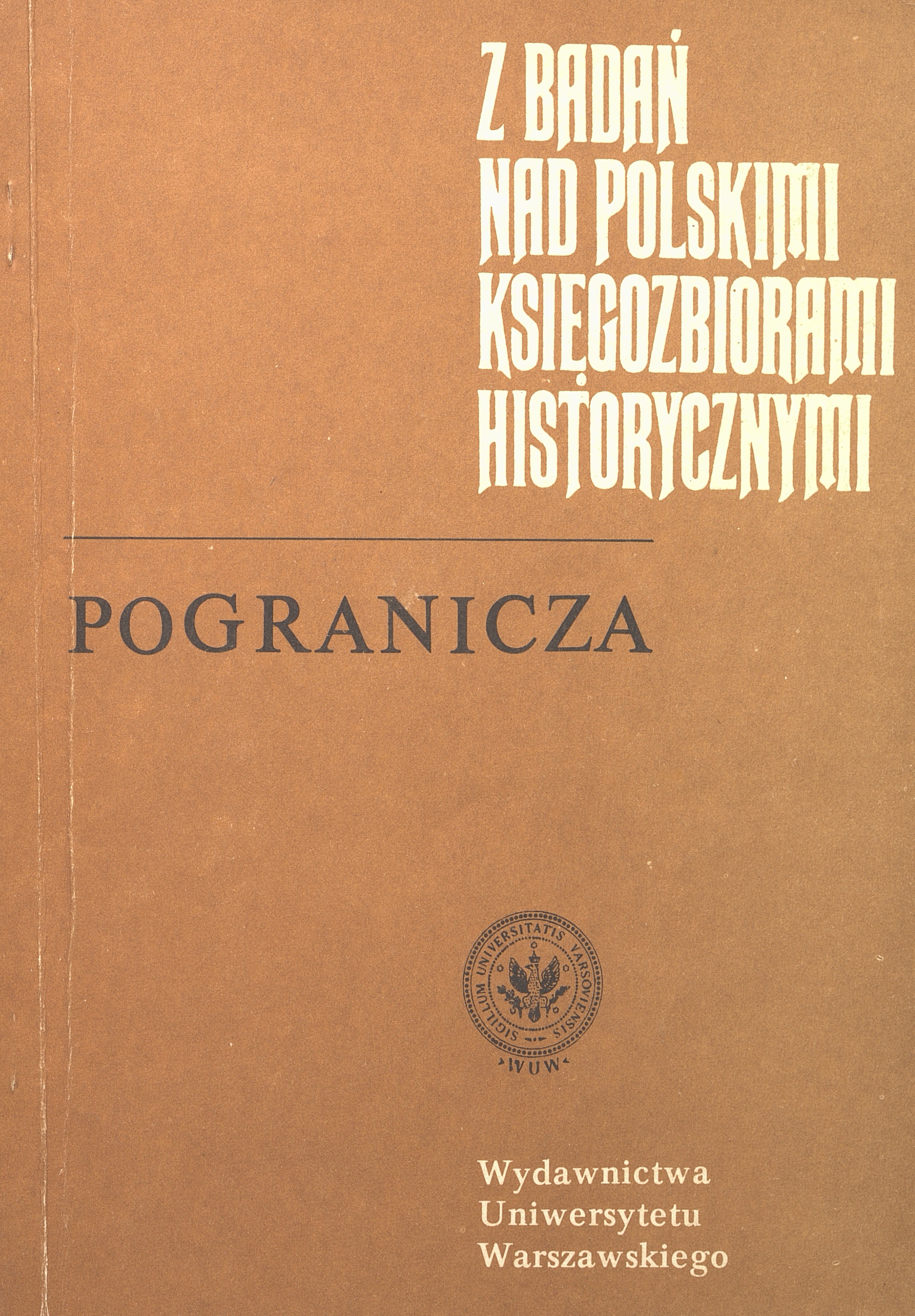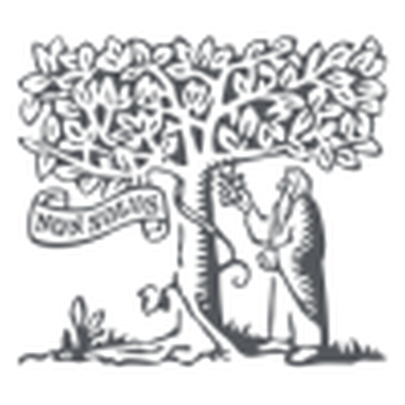Official prints in Warsaw and Cracow in the 17th century. Warszawskie i krakowskie druki urzędowe w wieku XVII. A bibliological study
DOI:
https://doi.org/10.33077/uw.25448730.zbkh.1991.415Keywords:
printing in the 17th century, official printings in the 17th century, typology of official printings of the 17th century, printing aesthetics.Abstract
Official prints were published under the patronate of the state authorities. They made a substantial profit for the printers and there existed quite a large demand for them. For this reason they constituted a significant part in the Polish printing output in the 17th century. This article discusses official publications coming from privileged houses which at the same time operated in the principal administrative political centres of the country: Kraków (the Piotrkowczyks, the Schedls and others) and in Warsaw (Rossowski, the Elerts, the Piarist Printers, and others). The presented typlogy of official prints takes into account three features of these publications: the subject, the unit of the authorities (either the state of the church) which issued the document, and the form in which it was published. Besides, the official prints were divided, according to the degree of originality, into originals ordered by the King's Office, printed copies of the originals, and documents published on the basis of oblate in town books. This makes official prints a very diversified group as concerns their publishing typographic features. The main characteristics of the prints is their formalization which can be seen in repeating - within the types - of certain fixed elements (introductory and closing formulas, the names of persons signed under the document, marking the place for a seal, etc.) wchich were also typographically uniform. Official prints, assumed to serve informational and utilitarian purposes, were characterized by rather modest ornamenting, with a few prestige exceptions. The most frequent ornaments (heraldic figures, some typical decorative initials marking introductory formulas) also fulfilled official functions. As the state of Polish printing in the 17th century was rather bad, the technical and aesthetic level of these prints is low. In spite of formalization and the traditional typographic form of official prints, in the span of the century one can notice slow changes in the aesthetic form of printing - employing more Roman type (for prints in the Polish language as well), general diminishing of the type, frequent employment of the form of a leaflet. The comparison of official output of Cracow and Warsaw houses allows to note the difference in the character of both printing centres - Cracow continuing the traditions of the 16th century (particularly in the leading house of the Piotrkowczyks) and slowly developing printing circles of Warsaw.







